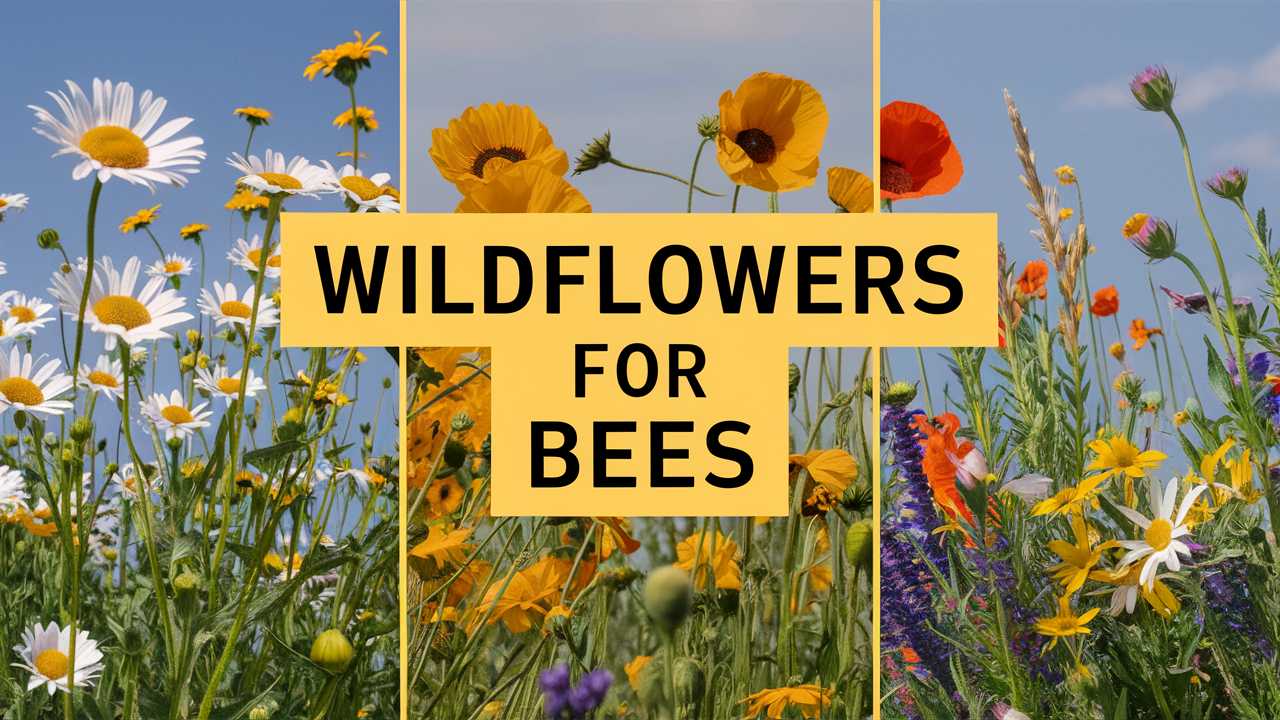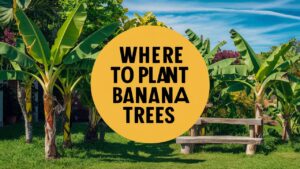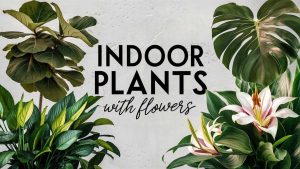In this guide, we’ll explore a variety of wildflowers that are particularly beneficial to bees, highlighting their unique characteristics, growth habits, and the best ways to cultivate them. If you’re keen on fostering a more pollinator-friendly environment, read on to discover the wonders of these magnificent plants!
Annual Honesty (Lunaria annua)
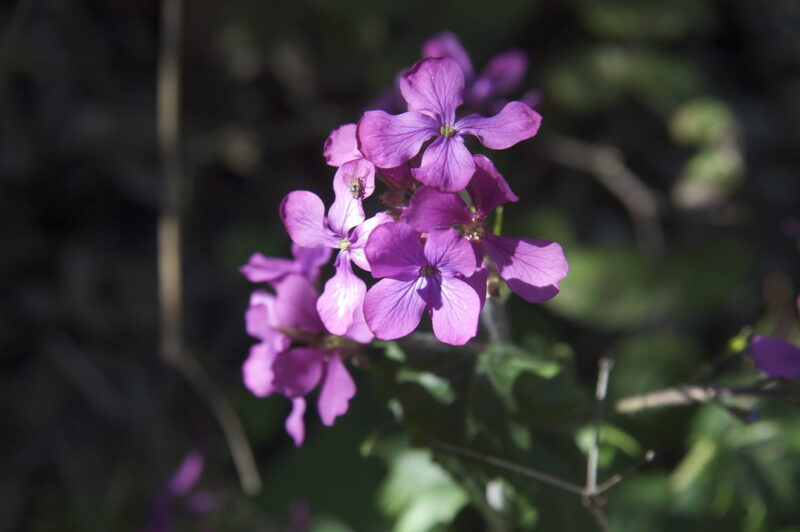
Annual Honesty, also known as Silver Dollar Plant, is more than just a pretty face in your garden; it’s a bee magnet! This biennial plant is characterized by its striking purple flowers, which bloom in late spring. Bees are particularly fond of the blossoms, buzzing around the sweet nectar and picking up pollen.
What makes Annual Honesty unique is its beautiful seed pods that resemble silvery coins, adding visual interest even after the flowers fade. This plant prefers partially shaded areas and well-drained soil. It’s incredibly low maintenance, making it a great choice for novice gardeners. Consider planting it in a mixed border or as a backdrop for shorter flowers; the bees will thank you!
Honeysuckle (Lonicera spp.)
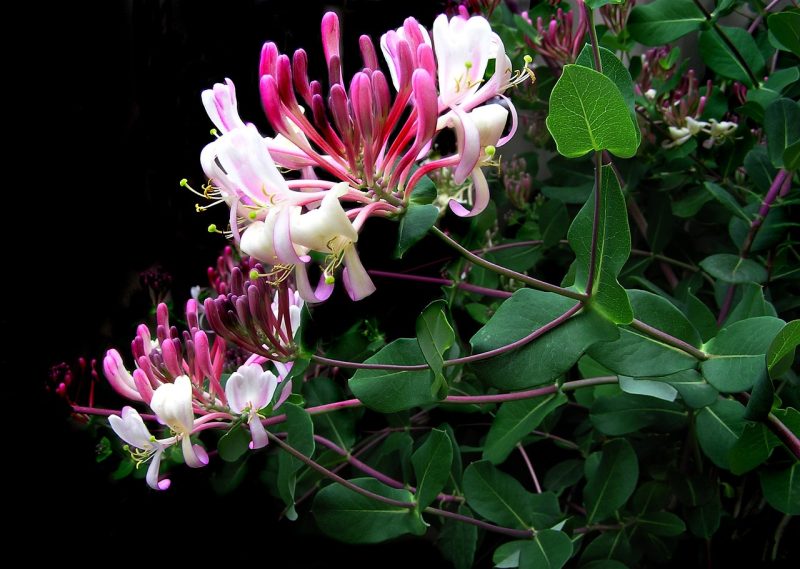
Honeysuckle is a classic choice for attracting bees, and for a good reason. The tubular flowers produce a significant amount of nectar, making them irresistible to various bee species. Blooming from late spring until late summer, these fragrant flowers can be found in shades of yellow, pink, and red, adding a burst of color to your garden.
There are various species of Honeysuckle, but it’s crucial to choose native varieties that support local ecosystems. Honeysuckle thrives in sunny locations with good air circulation. Plant it near a trellis or fence to allow the vines to climb; not only will it provide a beautiful display, but the delightful scent will draw bees in from afar.
Primrose (Primula vulgaris)
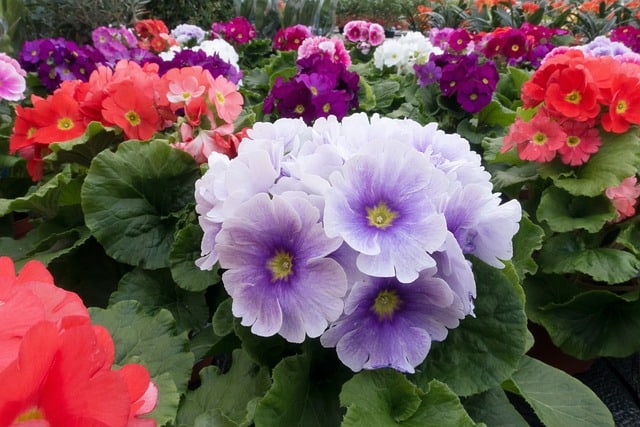
Primrose is a delightful spring perennial that offers bees an early source of nectar when many other flowers are yet to bloom. Known for its bright yellow flowers, this plant is a beloved choice for gardeners looking to support early-season pollinators.
Primroses thrive in cool, moist soil and prefer partial shade, making them perfect for woodland gardens or shaded borders. The flowers bloom in clusters on sturdy stalks, creating a lovely display even after the main flowering period has ended. By planting Primroses, you’ll not only brighten your garden but also play a crucial role in supporting bees during a critical time of year.
Red Valerian (Valeriana rubra)
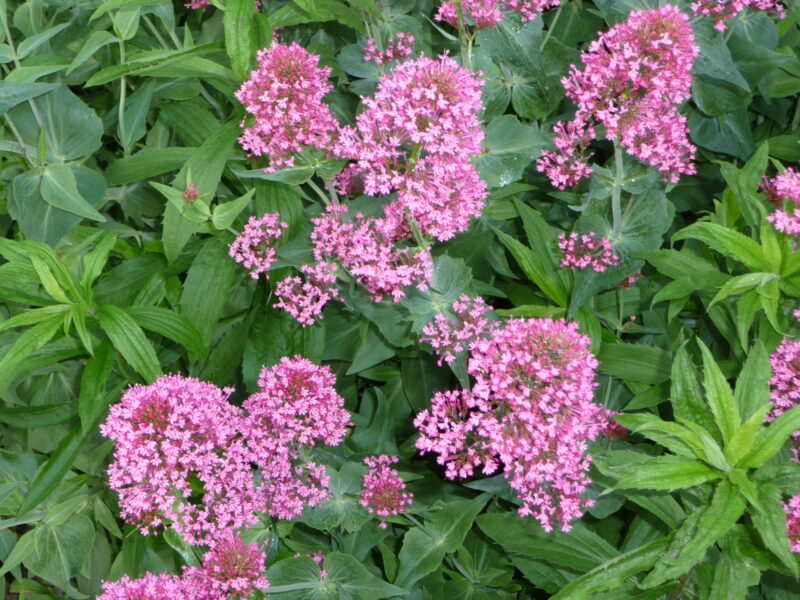
Red Valerian is a stunning perennial that stands out with its clusters of pinkish-red flowers. This hardy plant blooms from late spring through summer, attracting not just bees but also butterflies and other pollinators. The flowers are known for their sweet scent, offering a pleasant aroma throughout your garden.
Growing best in poor, well-drained soil and full sun, Red Valerian is perfect for xeriscaping and low maintenance gardens. This plant also has a long flowering period, meaning your garden will not only look vibrant but will also provide a consistent food source for bees throughout the summer months.
Sweet Scabious (Scabiosa atropurpurea)
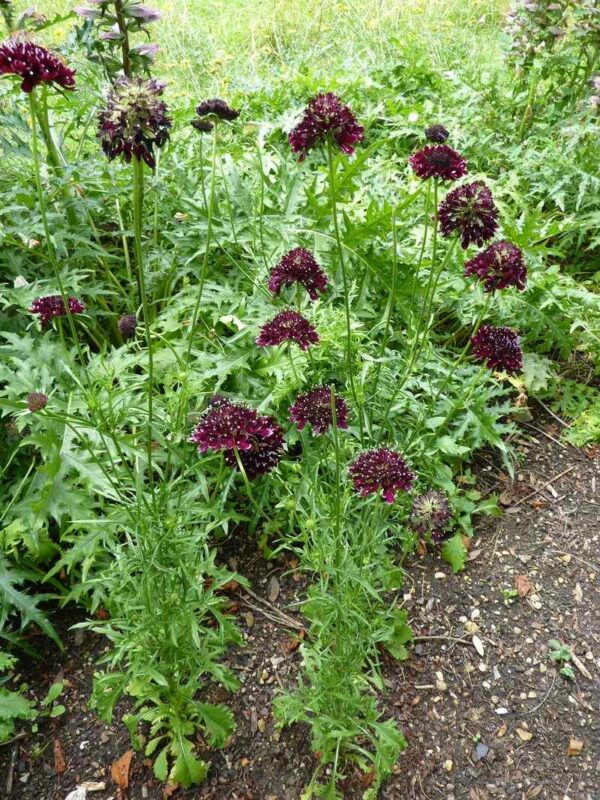
Sweet Scabious, with its charming pincushion-like blooms, is a must-have for any bee-friendly garden. The flowers, ranging in color from soft pastels to bold blues, provide a rich source of nectar that attracts a variety of pollinators. Blooming from early summer to fall, this plant extends the flowering season, ensuring bees have access to food throughout.
Sweet Scabious thrives in full sun and well-drained soil, making it a suitable candidate for garden beds or borders. Additionally, it’s quite drought-tolerant once established, making it a resilient choice. Planting this flower not only boosts your garden’s aesthetic appeal but also enhances its role as a sanctuary for bees.
Ice Plant (Delosperma spp.)
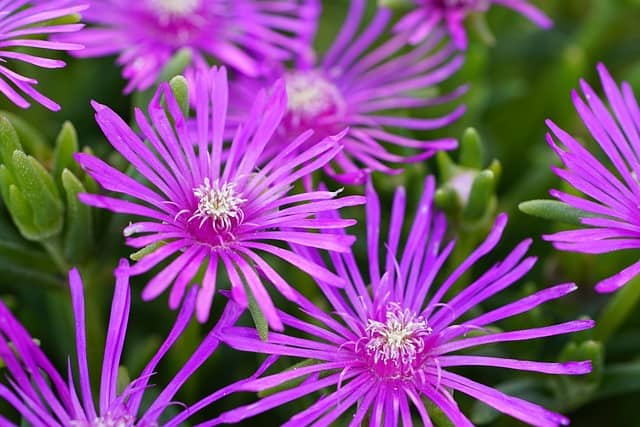
Ice Plant brings a vibrant burst of color to your garden while providing bees with a plentiful nectar source. This succulent perennial produces stunning, daisy-like flowers that bloom profusely in late spring and summer. The bright colors of Ice Plant flowers attract not just bees but also other important pollinators.
Preferring full sun and well-drained soil, Ice Plant is perfect for rock gardens, slopes, or as ground cover. Its drought-resistant nature makes it an excellent choice for areas with low water availability. By incorporating Ice Plant into your garden, you’re ensuring a bounty of sustenance for bees during the warmer months.
Yarrow (Achillea millefolium)

Yarrow is a classic plant beloved by gardeners for its versatility and resilience. This perennial produces flat-topped clusters of tiny flowers that bloom in shades of yellow, white, or pink throughout the summer. Bees are drawn to Yarrow for its abundant nectar, making it a crucial addition to any bee-friendly garden.
Yarrow is exceptionally easy to grow; it thrives in poor to moderately fertile soils and prefers full sun or light shade. Additionally, it can tolerate drought, making it a sustainable choice for eco-conscious gardeners. Its soft, feathery foliage adds texture to any garden setting while providing essential resources for bees.
Anise Hyssop (Agastache foeniculum)
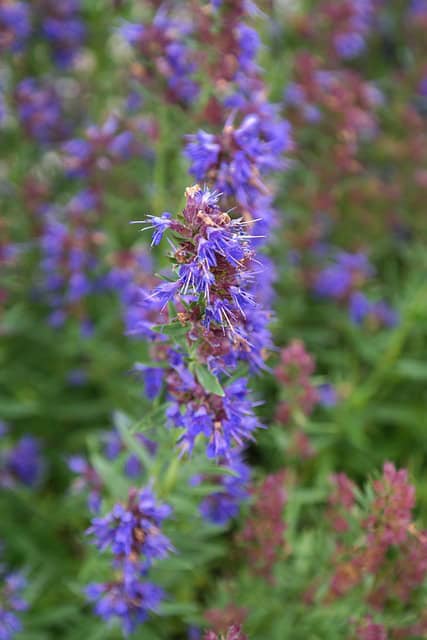
Anise Hyssop is a fragrant perennial that boasts spikes of purple flowers, making it a bee’s paradise. The flowers are not only beautiful but are also packed with nectar, attracting a variety of pollinators. Furthermore, the leaves emit a lovely aroma similar to anise, which can be used for culinary purposes.
This plant prefers full sun and well-draining soil, and it thrives in a range of garden conditions. Anise Hyssop has a long flowering season, from early summer to fall, ensuring that bees have a reliable food source throughout the growing season. Adding this lovely herbaceous plant to your garden not only helps the bees but also enhances your cooking with its delightful flavor.
Goldenrod
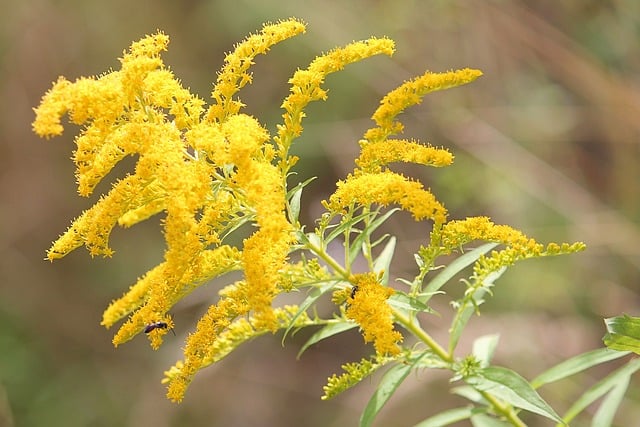
Goldenrod is often underestimated as a wildflower, but it plays a vital role in supporting bees, especially in the late summer and early fall. With its bright yellow flower clusters, Goldenrod provides a rich source of nectar at a time when many other plants have finished blooming.
This perennial prefers full sun and can thrive in various soil types, making it adaptable to most garden conditions. Its tall growth habit and vibrant color make it an excellent backdrop in mixed borders or wildflower gardens. By planting Goldenrod, you ensure that bees have access to vital nutrition late in the season, helping them build strength for winter.
Bee Balm

Bee Balm, also known as Monarda, is a true favorite among bee enthusiasts. This perennial not only attracts bees but also butterflies and hummingbirds with its vibrant, tubular flowers in shades of red, purple, and pink. The flowers bloom from mid-summer to early fall, providing a consistent food source for pollinators.
Bee Balm thrives in full sun to partial shade and moist, well-drained soil, making it suitable for various garden settings. Additionally, the plant has aromatic leaves that can be used to make herbal teas. Incorporating Bee Balm into your landscape is beneficial for pollinators and adds a delightful sensory experience to your garden.
Black-Eyed Susan
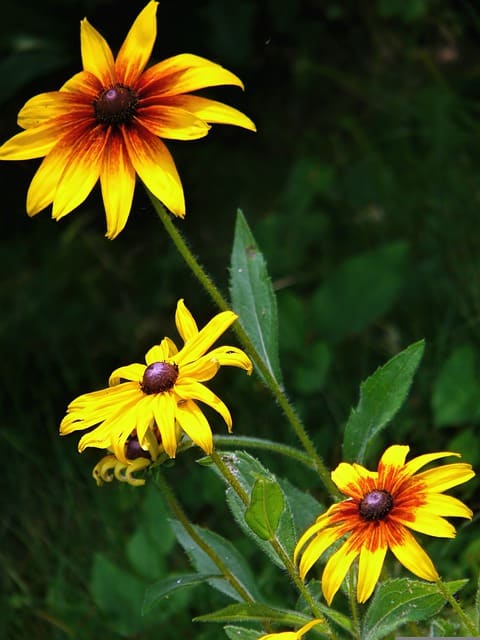
Black-Eyed Susan (Rudbeckia hirta) is a dazzling wildflower that brings warmth and brightness to any garden. Its golden-yellow petals encircle a dark brown center, creating a striking contrast that draws bees and other pollinators. Blooming from late spring to early fall, it serves as an important food source during the summer months.
This hardy perennial does best in full sun and well-drained soil. It’s tolerant of drought once established and can thrive in various garden styles, from cottage gardens to more polished landscapes. By planting Black-Eyed Susans, you create a cheerful habitat for bees and enhance your garden’s aesthetic appeal.
Borage (Borago officinalis)

Borage is an exceptional addition to a bee-friendly garden, renowned for its star-shaped blue flowers that bloom profusely in the summer. The plant is not only beautiful but also offers a significant amount of nectar that attracts bees and other beneficial insects. Its leaves have a cucumber-like flavor and can be used in salads or as garnishes.
Borage prefers full sun and well-draining soil, making it suitable for various garden types. It often self-seeds, making it a reliable and low-maintenance option for gardeners. Incorporating this delightful herb into your garden provides nourishment for bees while enhancing culinary possibilities in your kitchen.
California Poppy (Eschscholzia californica)

The California Poppy is a symbol of the state it represents, but it’s also a beautiful wildflower that serves as a convenient food source for bees. Its bright orange and yellow blooms create a stunning display, attracting numerous pollinators during its flowering season, which lasts from late spring to early summer.
This annual thrives in well-drained soil and full sun, making it perfect for wildflower meadows or informal garden settings. It’s highly drought-tolerant once established, ensuring it can thrive in less-than-ideal conditions. By choosing California Poppy, you add a splash of color to your garden while offering bees a valuable source of nectar.
Chives (Allium schoenoprasum)
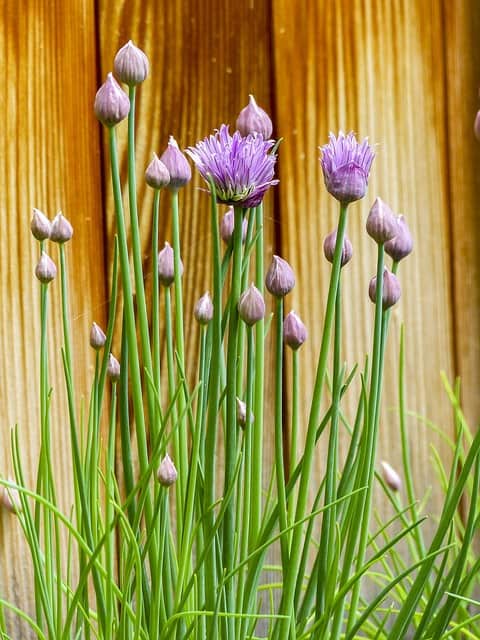
Chives are an excellent culinary herb, but they also serve as a fantastic addition to any bee-friendly garden. Known for their vibrant purple-pink blooms, Chives provide bees with a delightful source of nectar in late spring and early summer.
This perennial herb thrives in sunny spots with well-drained soil and can be grown in containers or garden beds. The flowers are edible, making them a versatile choice that combines aesthetics and functionality. By planting Chives, you create an attractive garden element while supporting your local bee population.
Lupine (Lupinus spp.)

Lupines are visually stunning wildflowers that come in various colors, including blue, purple, and yellow. Their unique shape and flowering spike attract bees, making them an essential addition to any garden aiming to support pollinators. The flowering period lasts from late spring to early summer, providing a necessary food source for bees awakening from their winter slumber.
These perennials prefer full sun and well-drained soil, and they are particularly tolerant of poorer soil conditions. Their bold flowers create a magnificent visual display, and once established, Lupines can self-seed, ensuring wonderful blooming year after year.
Blazing Star (Liatris spp.)
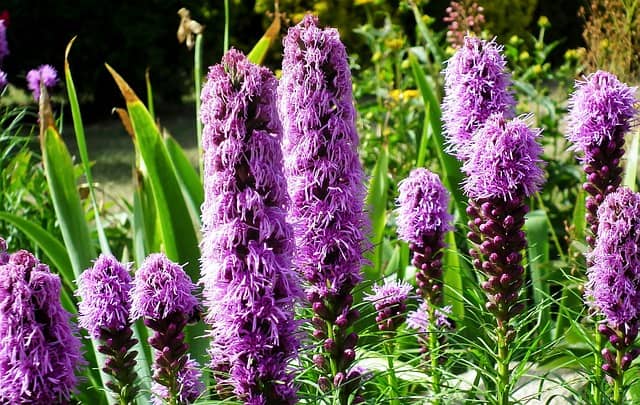
Blazing Star is a lesser-known gem in the pollinator world, but once you witness its tall, spiky purple flowers in full bloom, you’ll understand why it’s such a valuable addition to any bee garden. This perennial thrives from mid-summer to early fall and attracts a multitude of pollinators with its abundant nectar.
Blazing Star prefers sunny locations and well-drained soil, making it ideal for prairie-style gardens or wildflower meadows. Its upright growth habit adds height and structure to your garden, and its status as a drought-tolerant plant makes it low-maintenance. By adding Blazing Star to your landscape, you’re sure to create a thriving habitat for bees.
Marigold (Calendula officinalis)

Marigolds are not just beautiful blooms; they also support bee populations significantly. These annuals produce bright orange and yellow flowers that attract all sorts of pollinators throughout the growing season. Their flowers not only provide nectar but also offer a vibrant touch to any garden.
Marigolds thrive in full sun and well-draining soil, and they are incredibly easy to grow, making them ideal for beginners. Additionally, they can be sown directly into the ground or started indoors before transplanting. By including Marigolds in your garden, you enhance its design while supporting essential pollinators.
Mint (Mentha spp.)
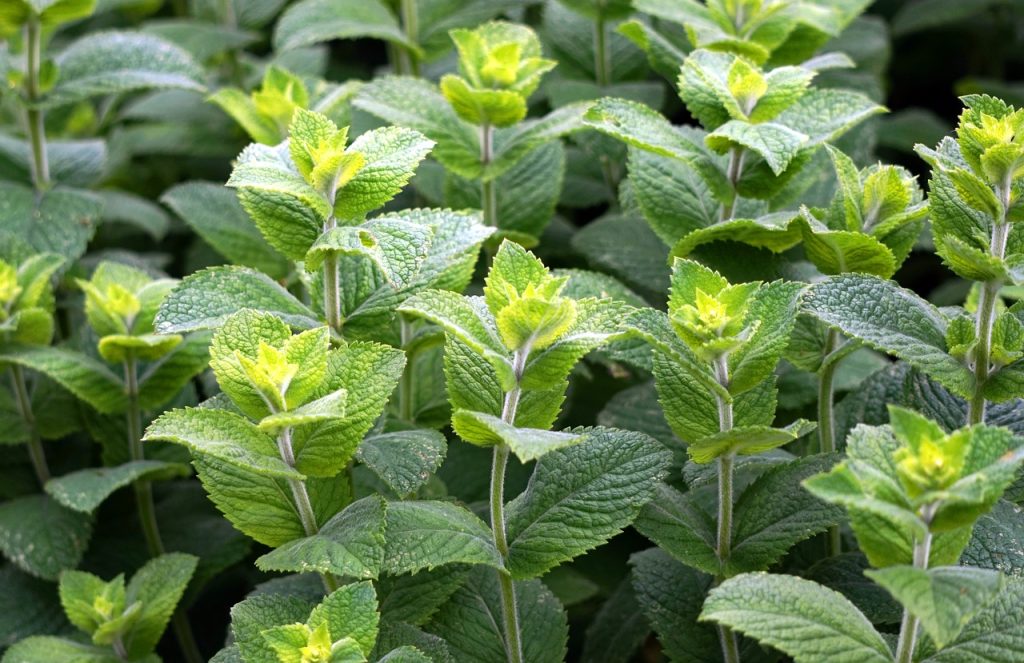
Mint is not only a refreshing herb used in countless culinary creations, but it’s also an excellent provider of food for bees. The small, tubular flowers bloom in late spring and summer, drawing in pollinators with their sweet scent. Bees are especially fond of the nectar, making mint an essential plant for any bee-friendly garden.
Mint thrives in various soil conditions; however, it prefers moist, well-drained soil and partial shade. While it can spread aggressively, planting it in containers or confined spaces can help control its growth. Including mint in your garden honors bees and provides fresh ingredients for your favorite dishes.
Nasturtium
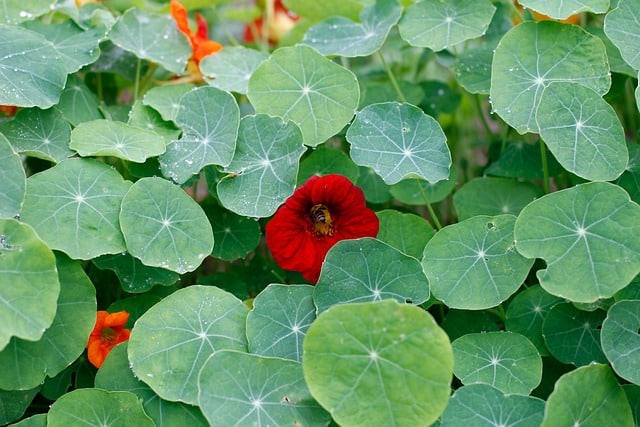
Nasturtiums are cheery, vigorous annuals that produce vibrant flowers ranging from deep oranges to yellows. These beauties are not only captivating but also serve as a vital source of nectar for bees during their bloom from late spring to fall.
These plants are incredibly easy to grow and thrive in poor, well-drained soils; they can often grow in garden beds or containers. Additionally, both the flowers and leaves are edible, making them a delightful addition to salads and garnishes. By planting Nasturtiums, you create a stunning visual display and provide food for bees, making your garden a true haven for these essential pollinators.
Pansy (Viola × wittrockiana)
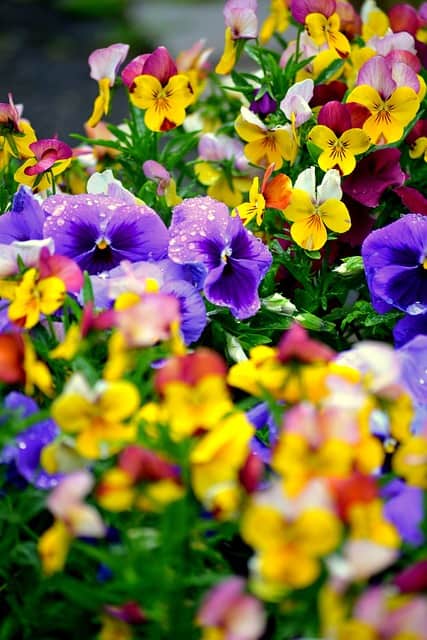
Pansies are cherished for their cheerful faces and versatility in the garden. While they are often favored for their beauty and ability to bloom in cooler weather, they also attract bees with their rich source of nectar. Available in various colors and patterns, Pansies can brighten even the dullest spring days.
These cool-weather annuals thrive in well-drained soil and will perform best in full sun or partial shade. They are great for front borders, containers, or hanging baskets, offering an inviting touch to any garden. By growing Pansies, you support bees and cultivate a delightful array of colors in your outdoor space.


